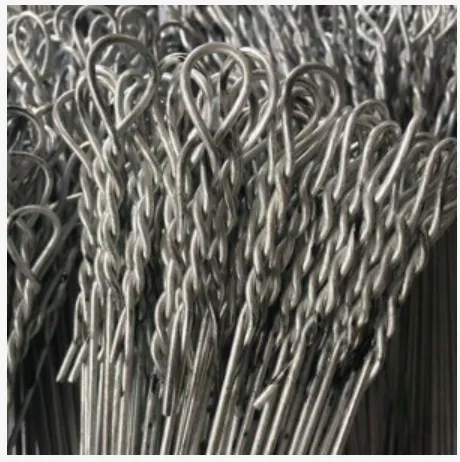-
 Phone:
Phone: -
 Email:
Email:

Understanding the Differences Between Barbed Wire and Razor Wire for Security Solutions
The Dual Nature of Barbed Wire and Razor Wire A Historical and Contemporary Perspective
Barbed wire and razor wire have long been symbols of security and confinement, each serving distinct but often overlapping purposes in the realms of agriculture, military, and modern security systems. Understanding the history, functionality, and societal implications of these materials offers insight into their dual nature as both protective barriers and oppressive tools.
Historical Background
The creation of barbed wire dates back to the late 19th century, invented by Joseph Glidden in 1873. Originally designed to control cattle and establish boundaries in the expansive American West, barbed wire quickly transformed landscape management. It enabled farmers to enclose vast areas of land, protecting crops from wandering livestock. However, its introduction also initiated conflicts, such as the infamous range wars between cattle ranchers and farmers desperate to protect their livelihoods.
Razor wire, on the other hand, emerged during the 20th century, primarily utilized for military and security purposes. It consists of sharp-edged metal strips or blades attached to a wire, designed to inflict injury on anyone attempting unauthorized access. Used extensively during World War I and II, razor wire became synonymous with the fortifications of war zones and prison camps, acting as a psychological barrier as much as a physical one.
Functions and Applications
The primary function of barbed wire remains agricultural, serving to contain livestock and protect crops. Its relatively simple design makes it an affordable and effective solution for fencing. However, its utility extends beyond agriculture. Barbed wire is often employed in secure facilities, like prisons and military installations, to prevent escapes and deter intrusions.
Razor wire, in contrast, is predominantly found in high-security environments. Its design not only prevents unauthorized access but also serves as a deterrent because of its notorious reputation. It is commonly installed around the perimeters of prisons, military bases, and critical infrastructure sites, such as power plants and airports. Its presence signifies a heightened state of alertness, intended to convey that any trespass would result in serious injury.
barbed wire razor wire

Societal Implications
While barbed wire and razor wire provide practical benefits, they also raise significant ethical and social concerns. The use of these barriers can reflect societal attitudes toward security, privacy, and freedom. For instance, in urban environments, the installation of razor wire on residential properties or commercial buildings may indicate a shift toward a culture of fear, where security measures become synonymous with distrust.
Moreover, the militarization of borders around the world often employs barbed and razor wire as tools of exclusion, affecting migrant communities and refugees seeking safety and stability. The visibility of these barriers serves as a harsh reminder of territorial sovereignty and the often violent implications of national security policies. They transform physical landscapes into formidable checkpoints, perpetuating a narrative of division rather than inclusion.
The Future of Barbed and Razor Wire
As society evolves, so too does the conversation around security measures, including the use of barbed and razor wire. While technological advancements may lead to more sophisticated security systems—such as surveillance cameras, motion detectors, and drones—the simplistic yet daunting presence of wire still prevails in many contexts.
In the agricultural realm, innovations in farming practices may reduce reliance on barbed wire as farmers seek more sustainable alternatives to livestock management. Conversely, in security-focused environments, the demand for razor wire is likely to persist as long as threats to safety remain.
In conclusion, barbed wire and razor wire encapsulate a complex narrative of protection and oppression. Their historical origins and contemporary applications reveal much about societal values related to security, land use, and human rights. As we navigate through the challenges of modern life, a critical examination of these materials' roles invites deeper discussions about the balance between security and freedom in an increasingly fractured world. The dialogue surrounding barbed and razor wire underscores the importance of considering the implications of such measures and the messages they convey about our society's approach to safety and humanity.
-
Wire Mesh for Every Need: A Practical SolutionNewsJul.25,2025
-
Steel Fences: Durable, Secure, and Stylish OptionsNewsJul.25,2025
-
Roll Top Fencing: A Smart Solution for Safety and SecurityNewsJul.25,2025
-
Cattle Farm Fencing Solutions for Maximum SecurityNewsJul.25,2025
-
Affordable Iron Binding Wire SolutionsNewsJul.25,2025
-
Affordable Galvanized Wire SolutionsNewsJul.25,2025
-
Wire Hanger Recycling IdeasNewsJul.25,2025








